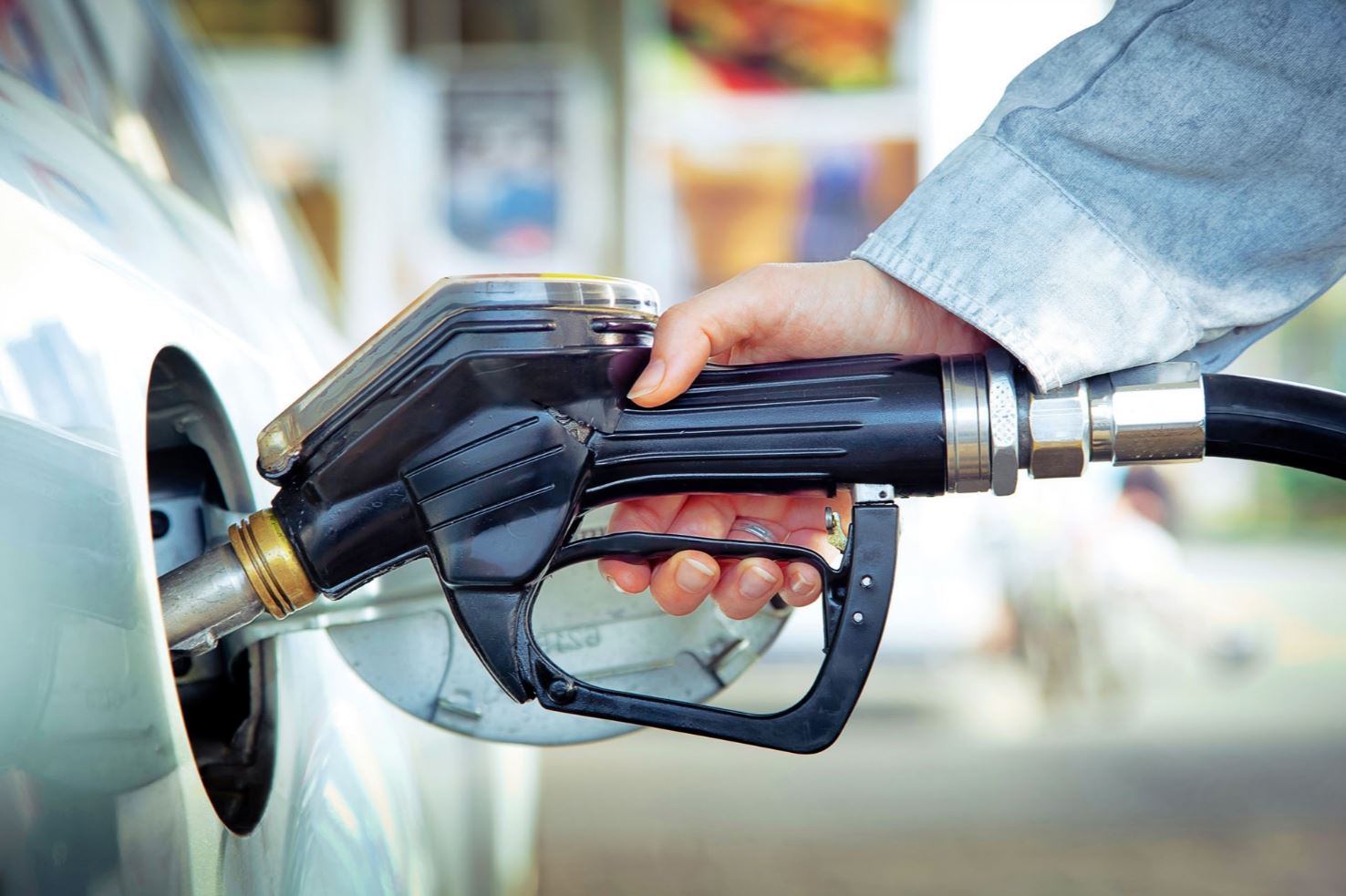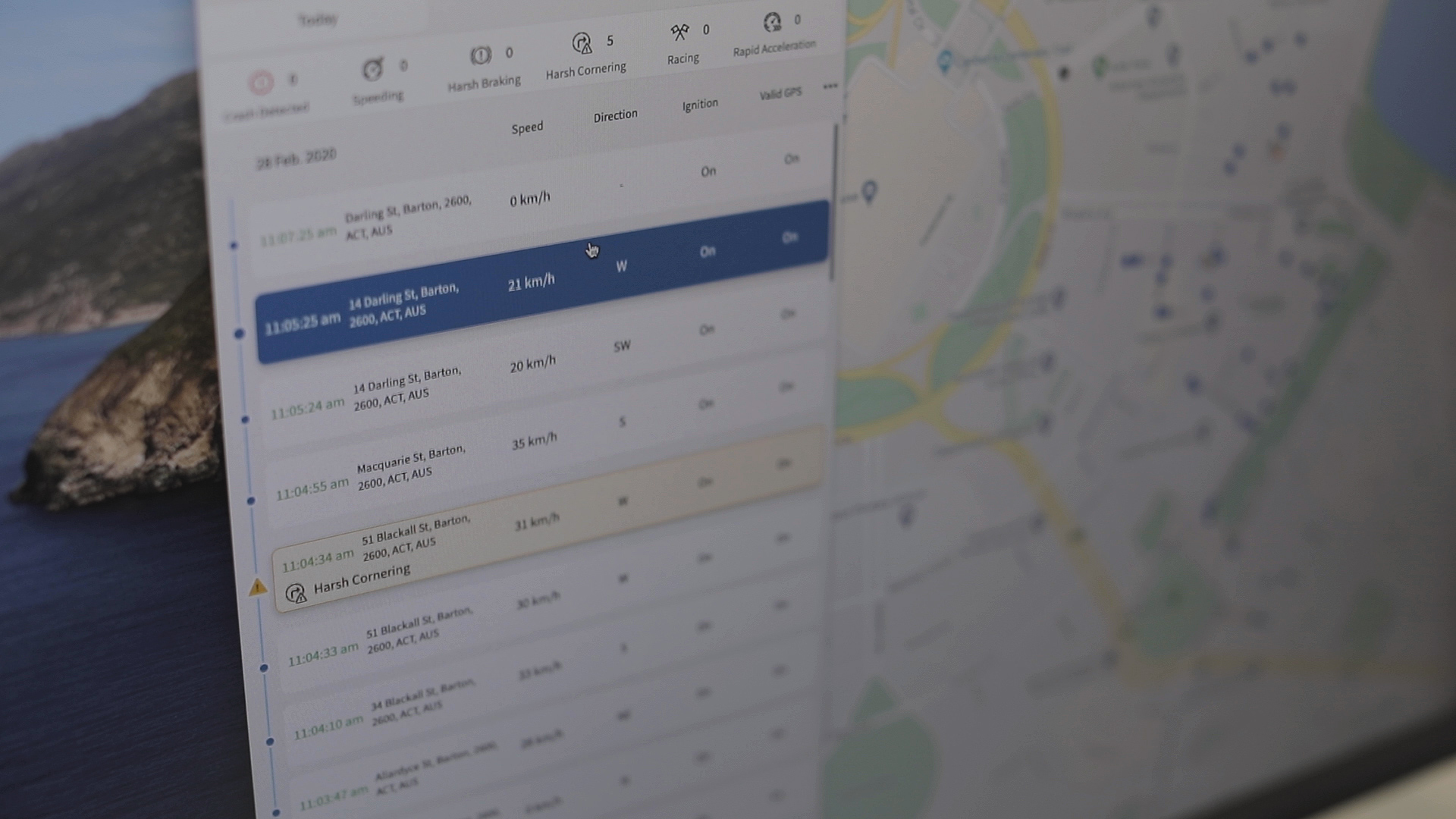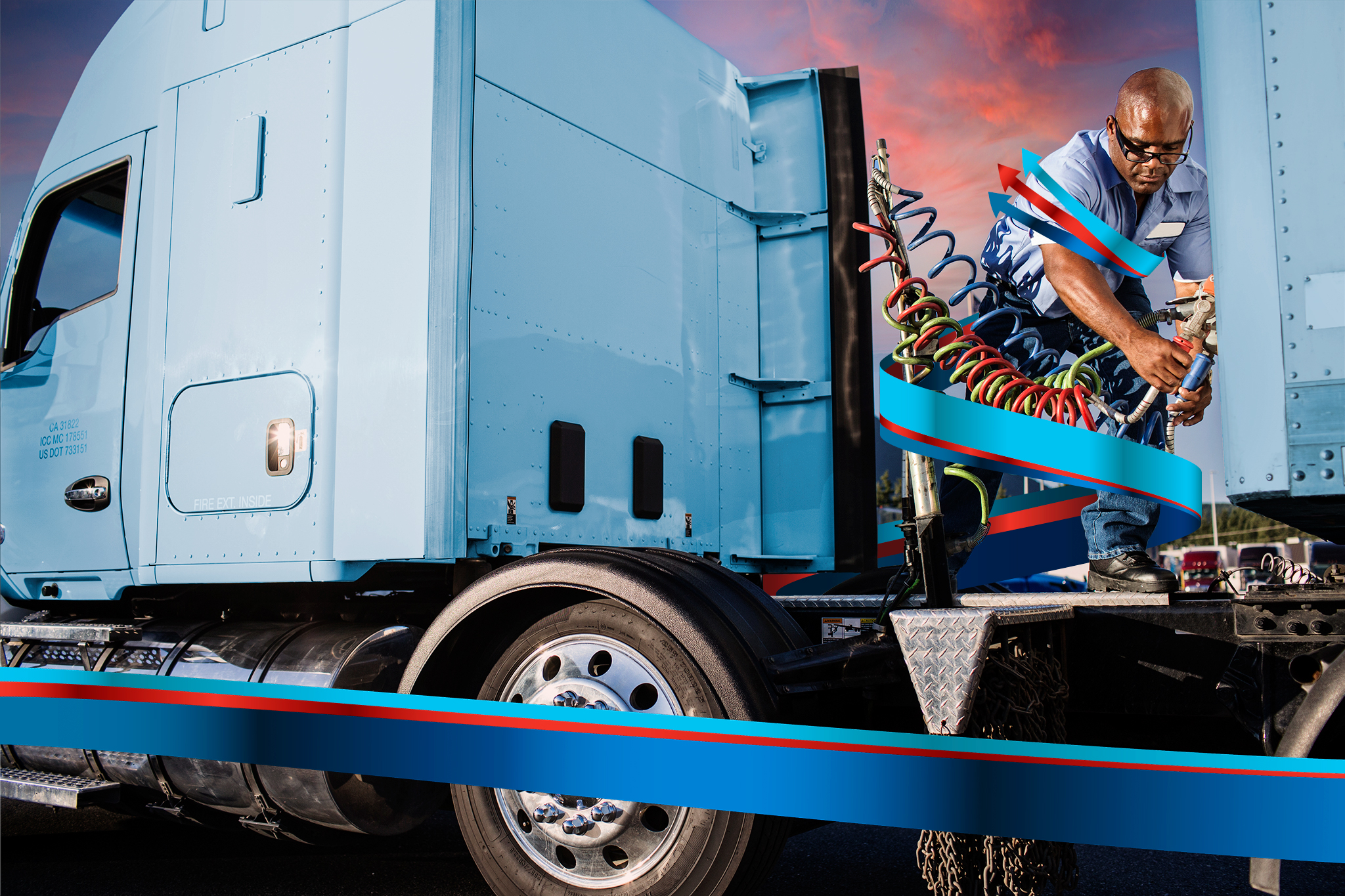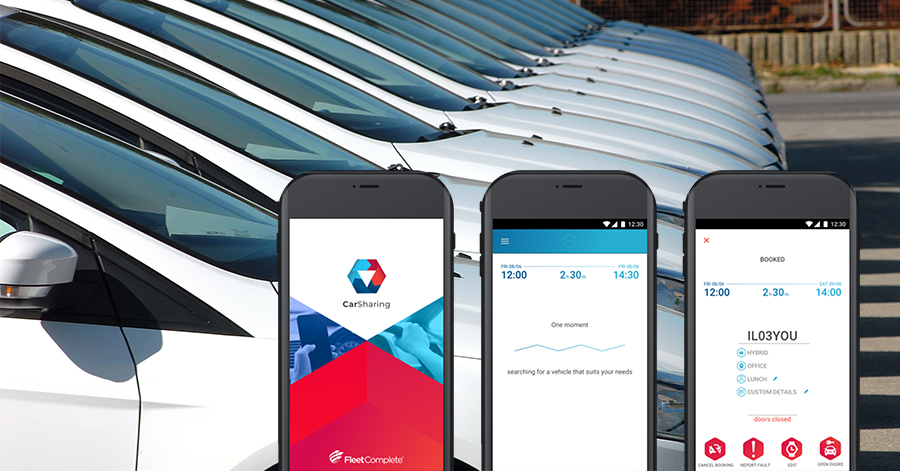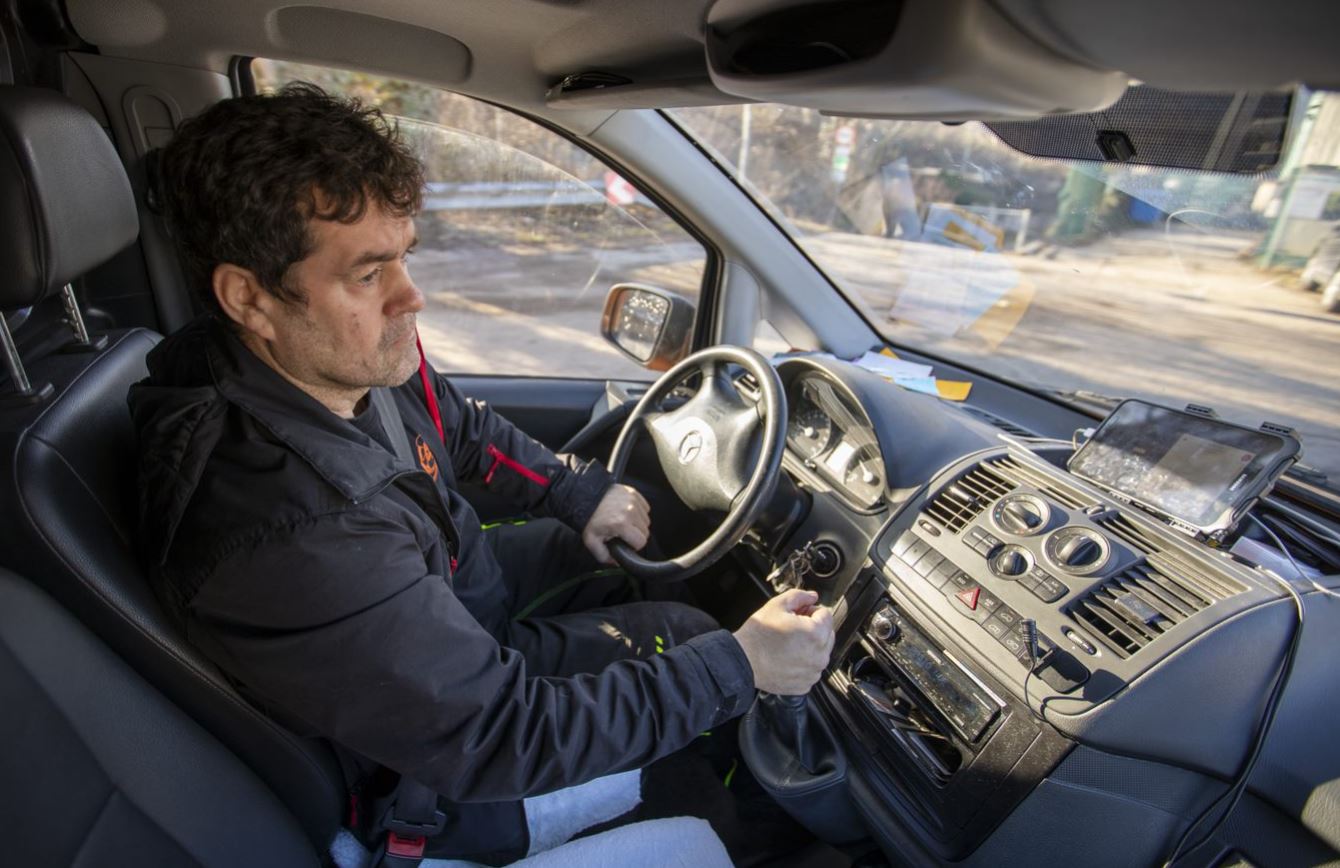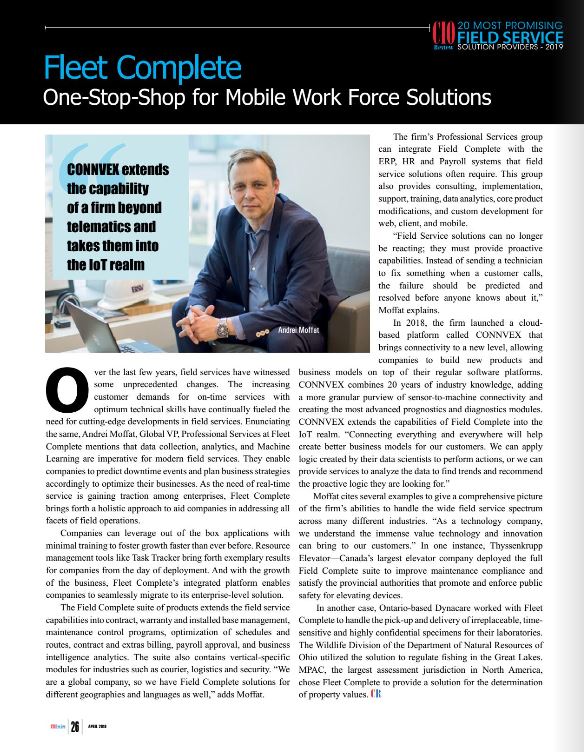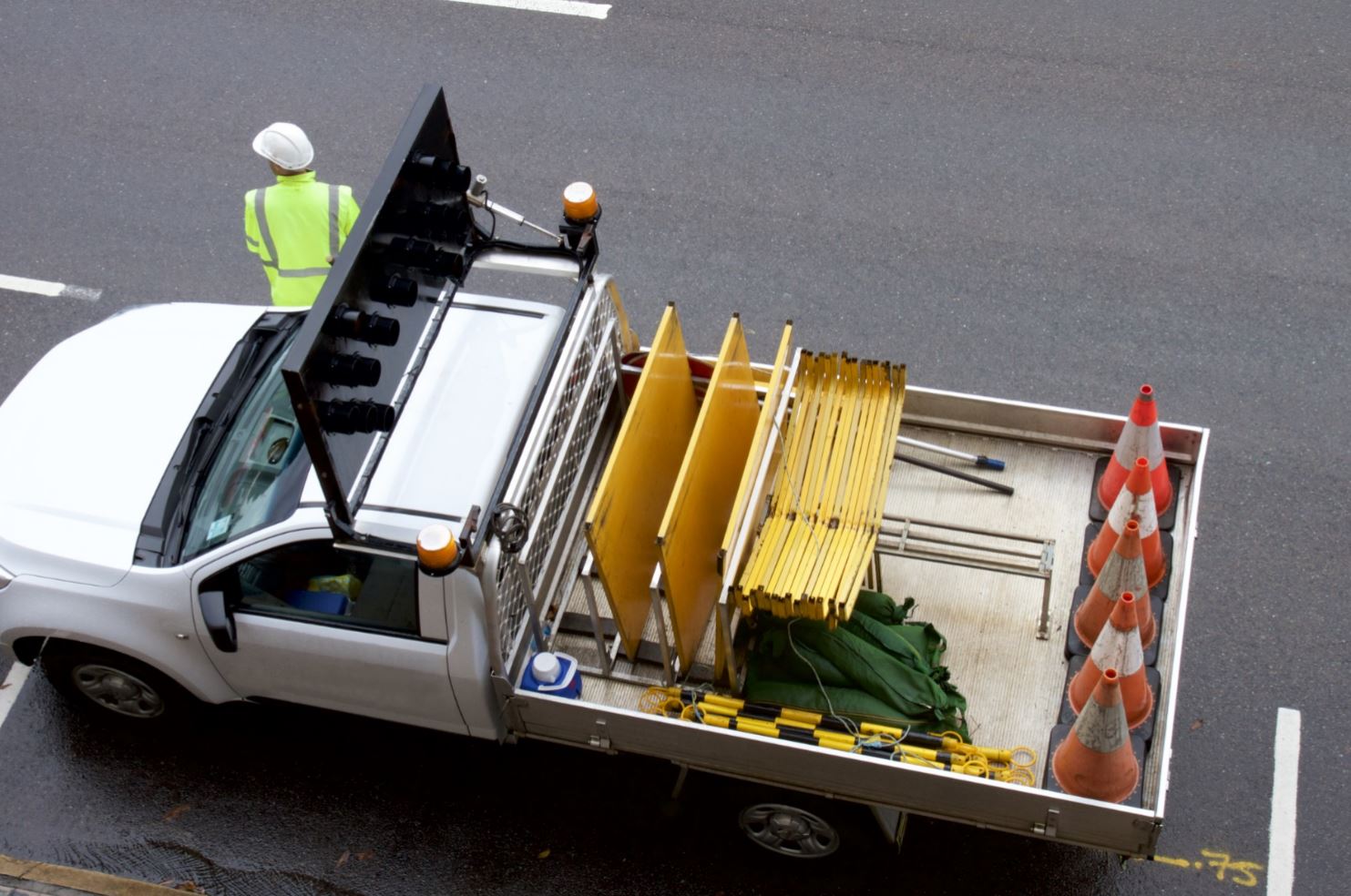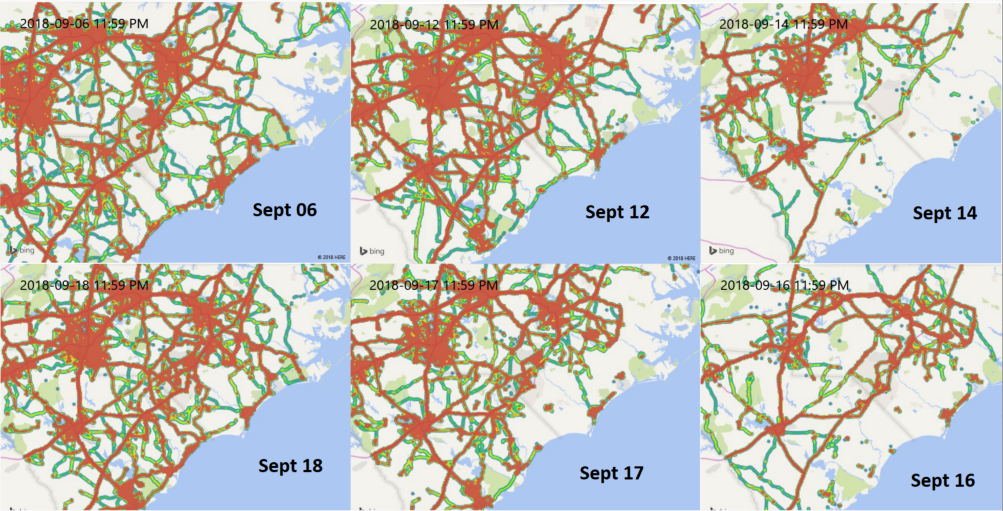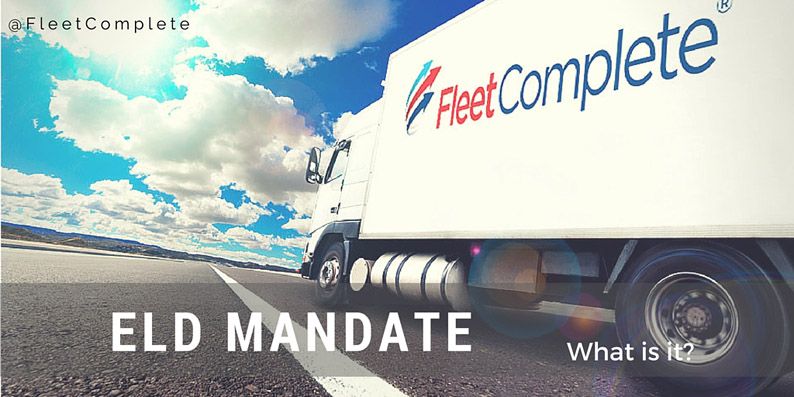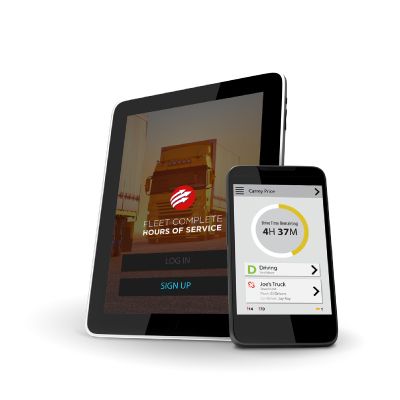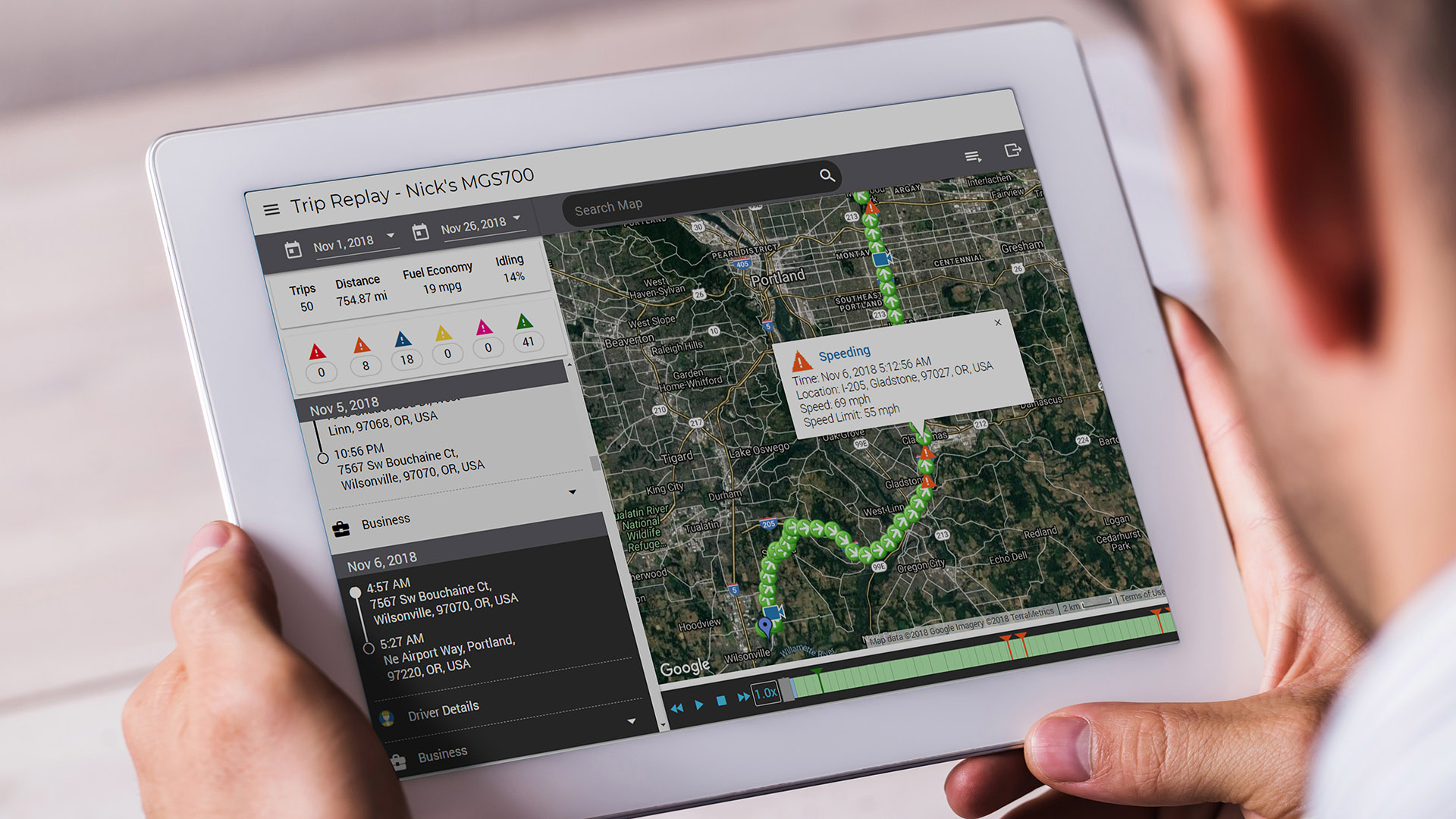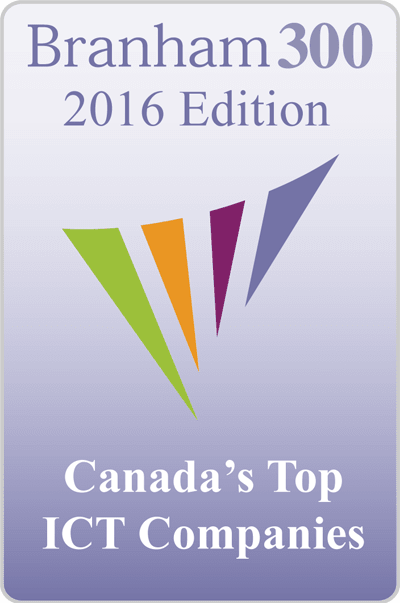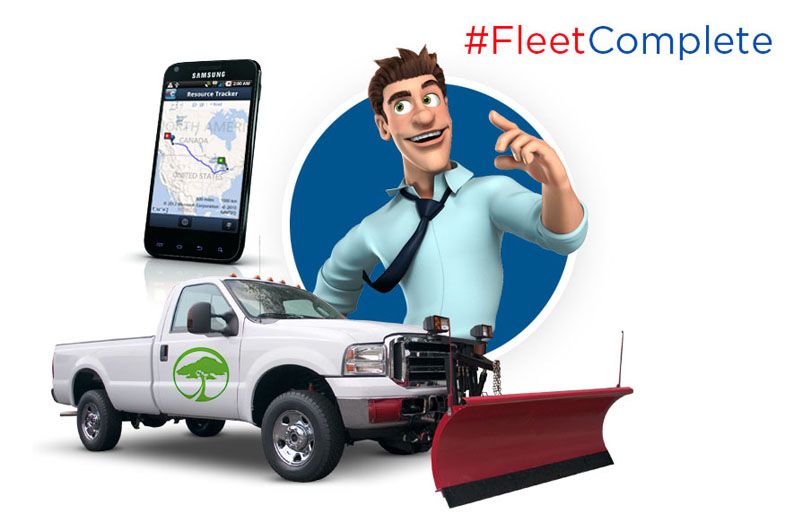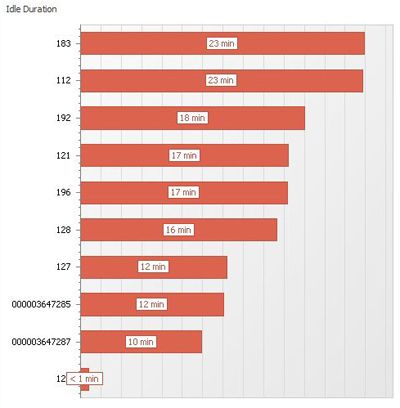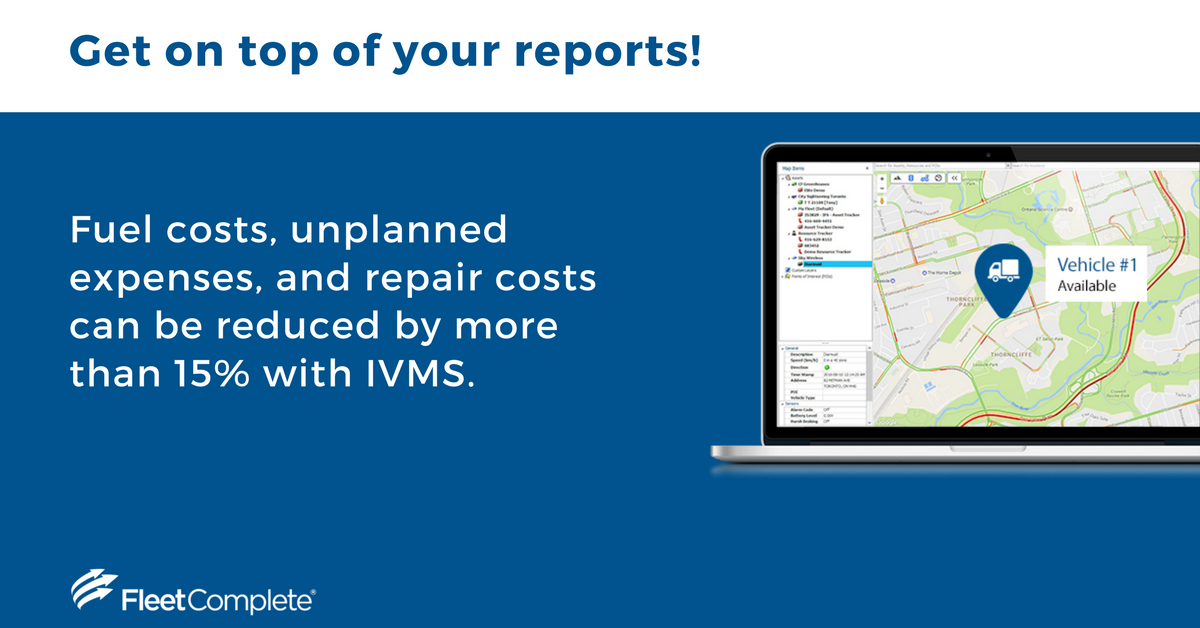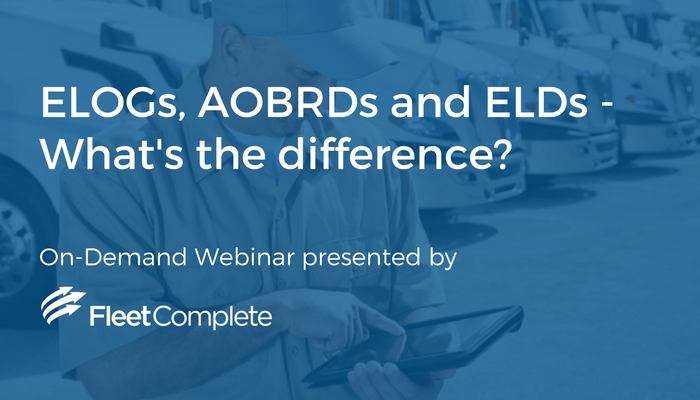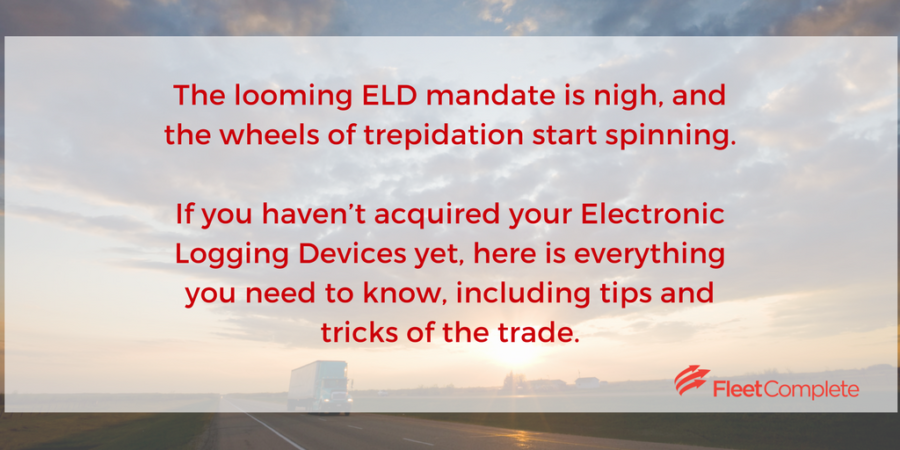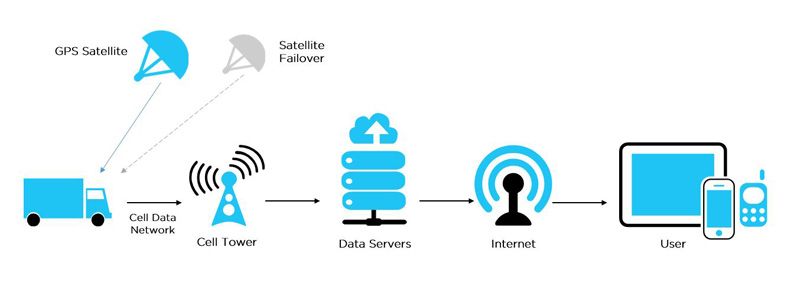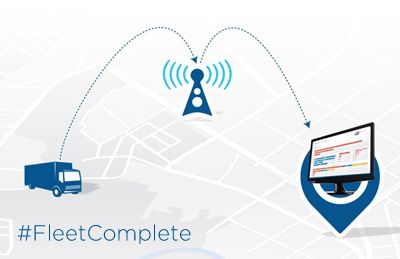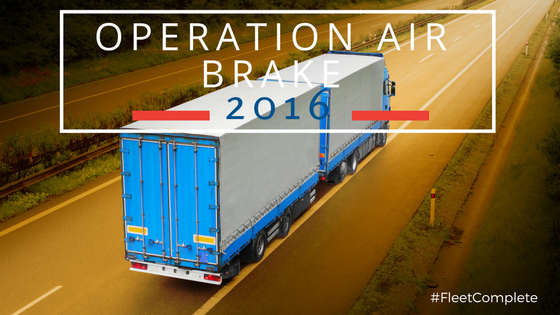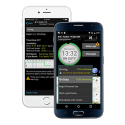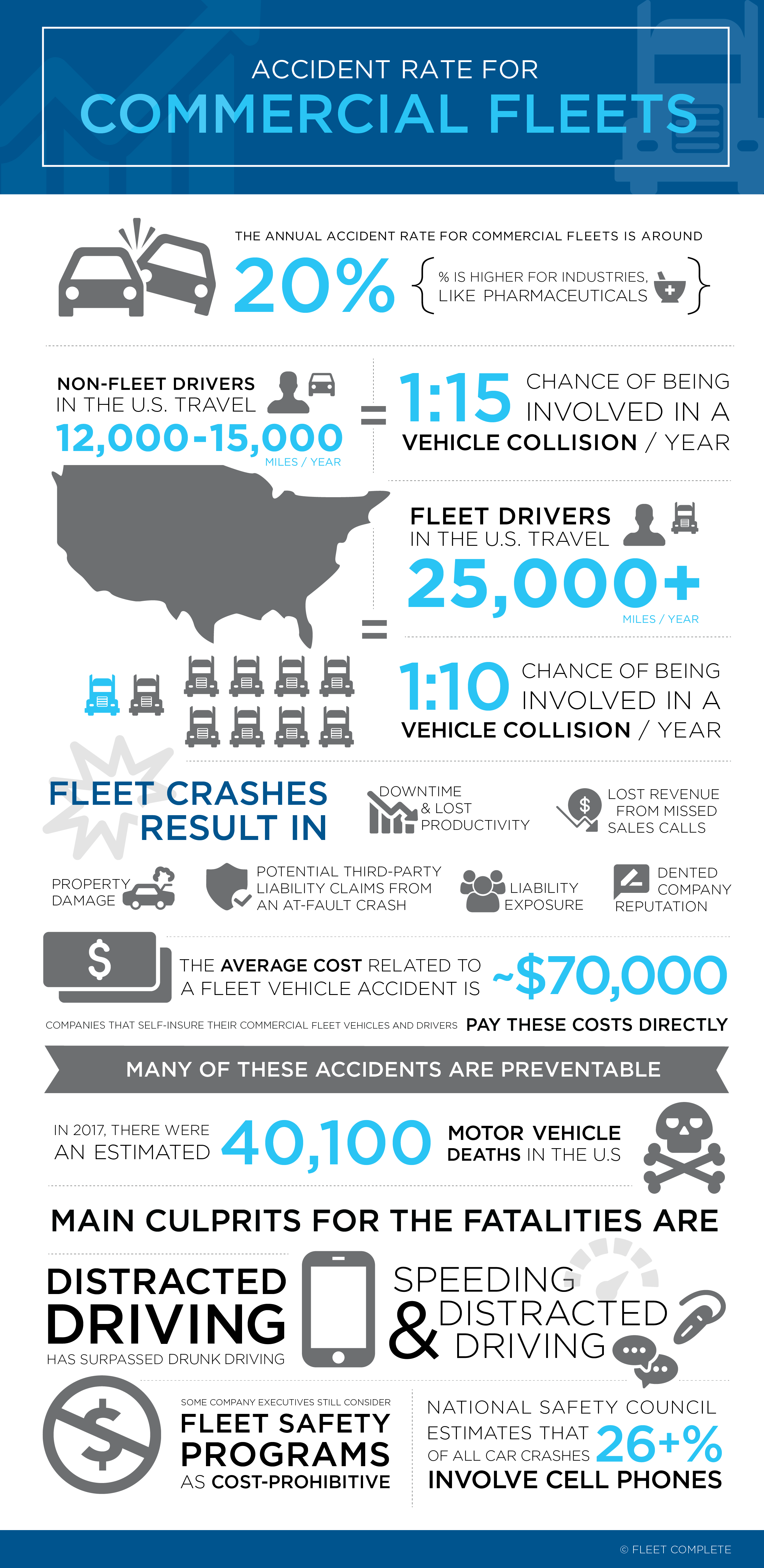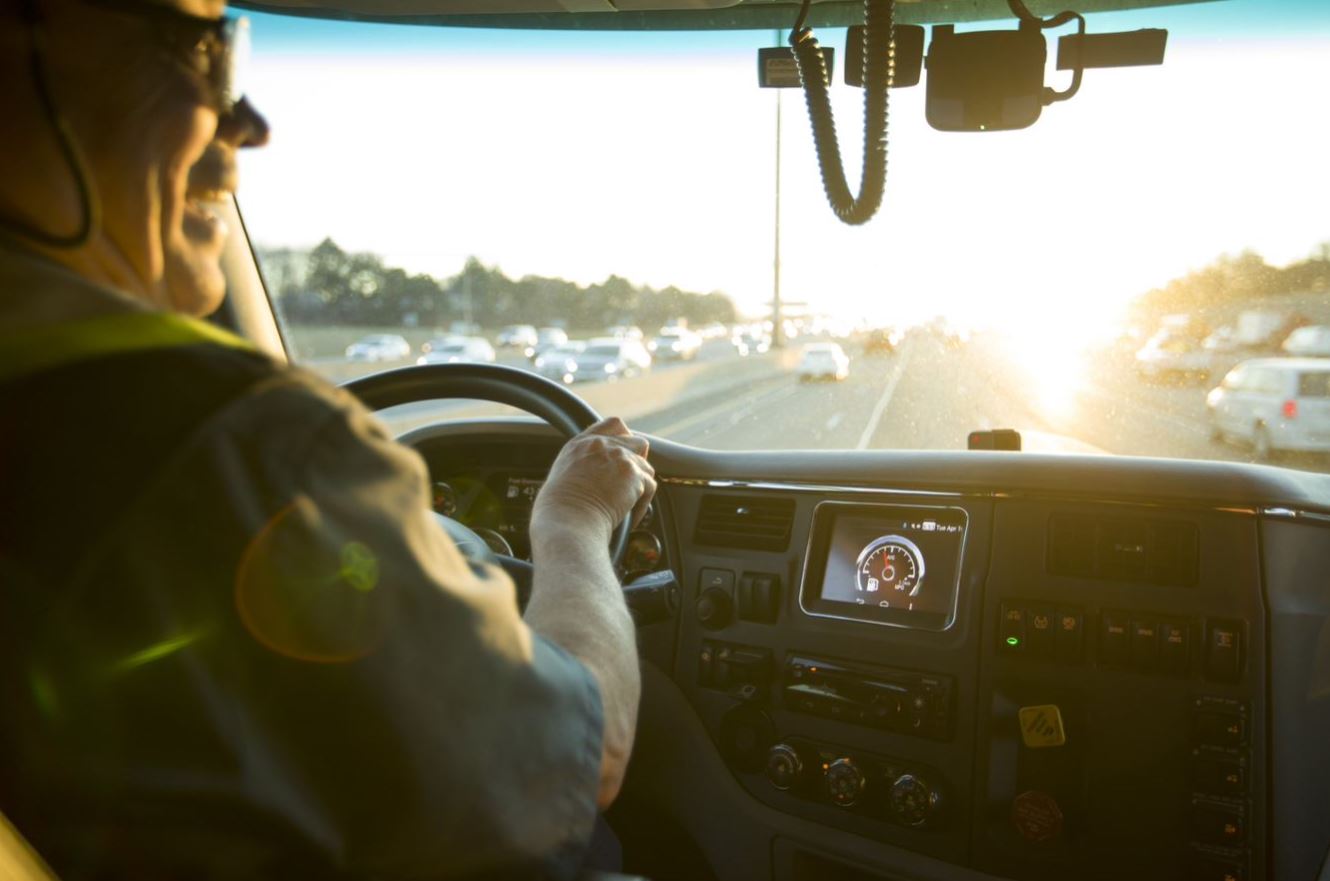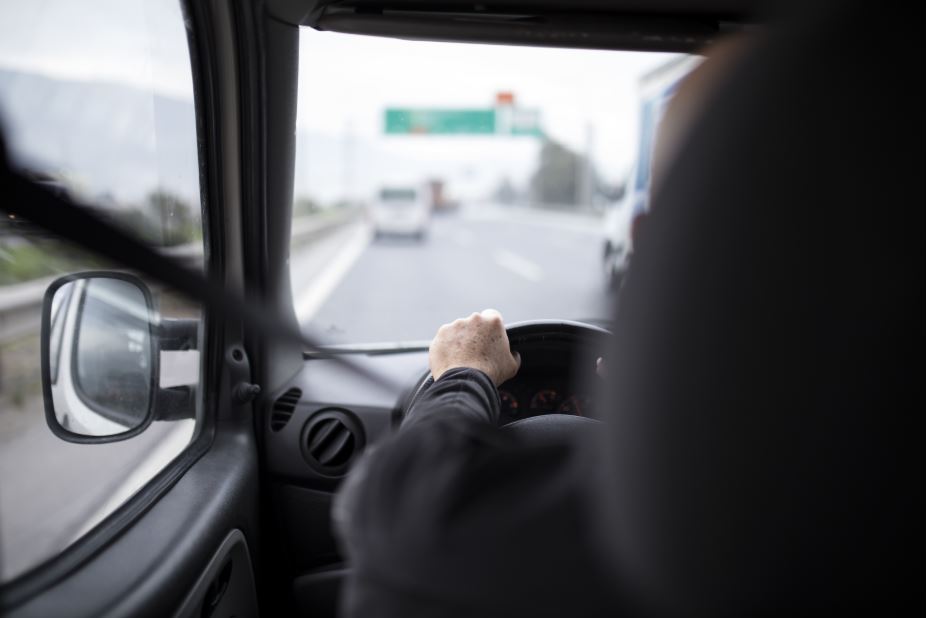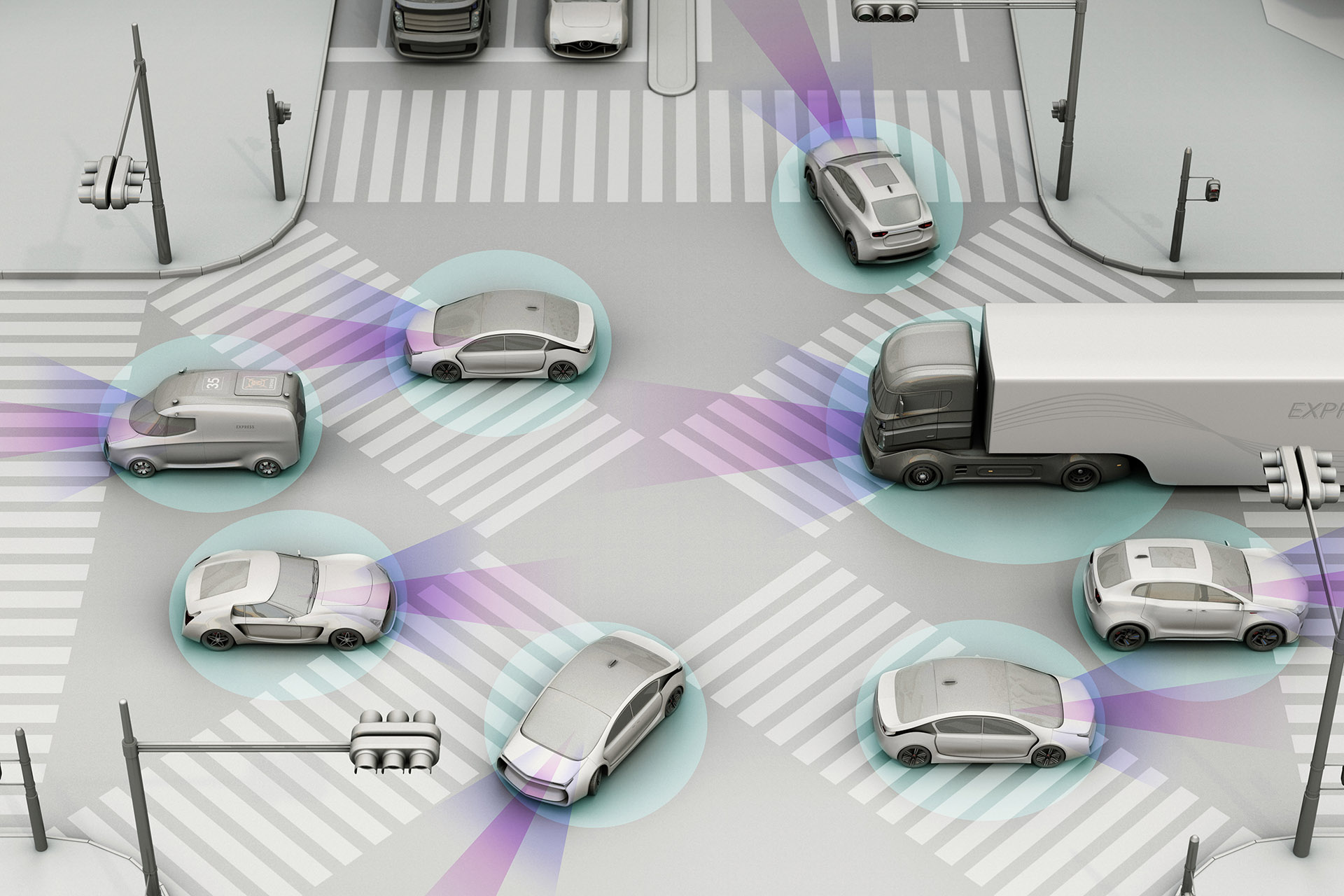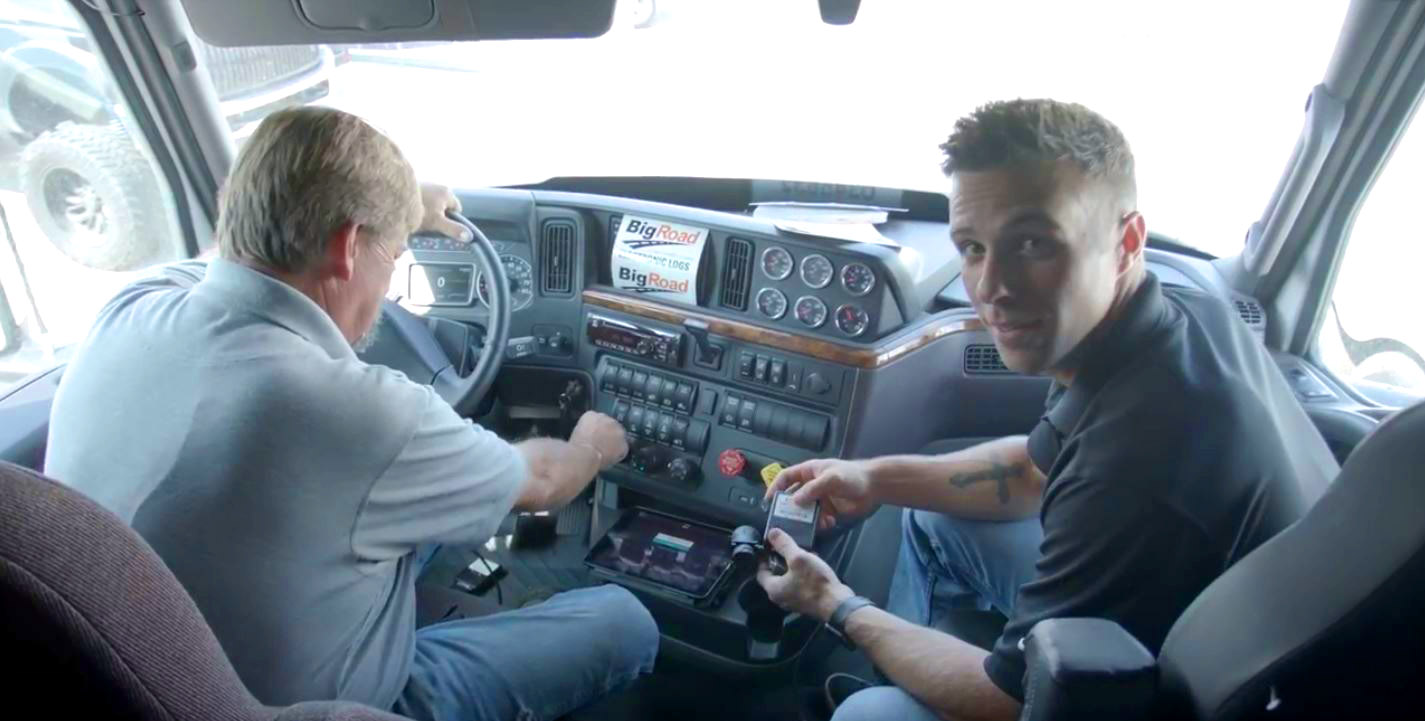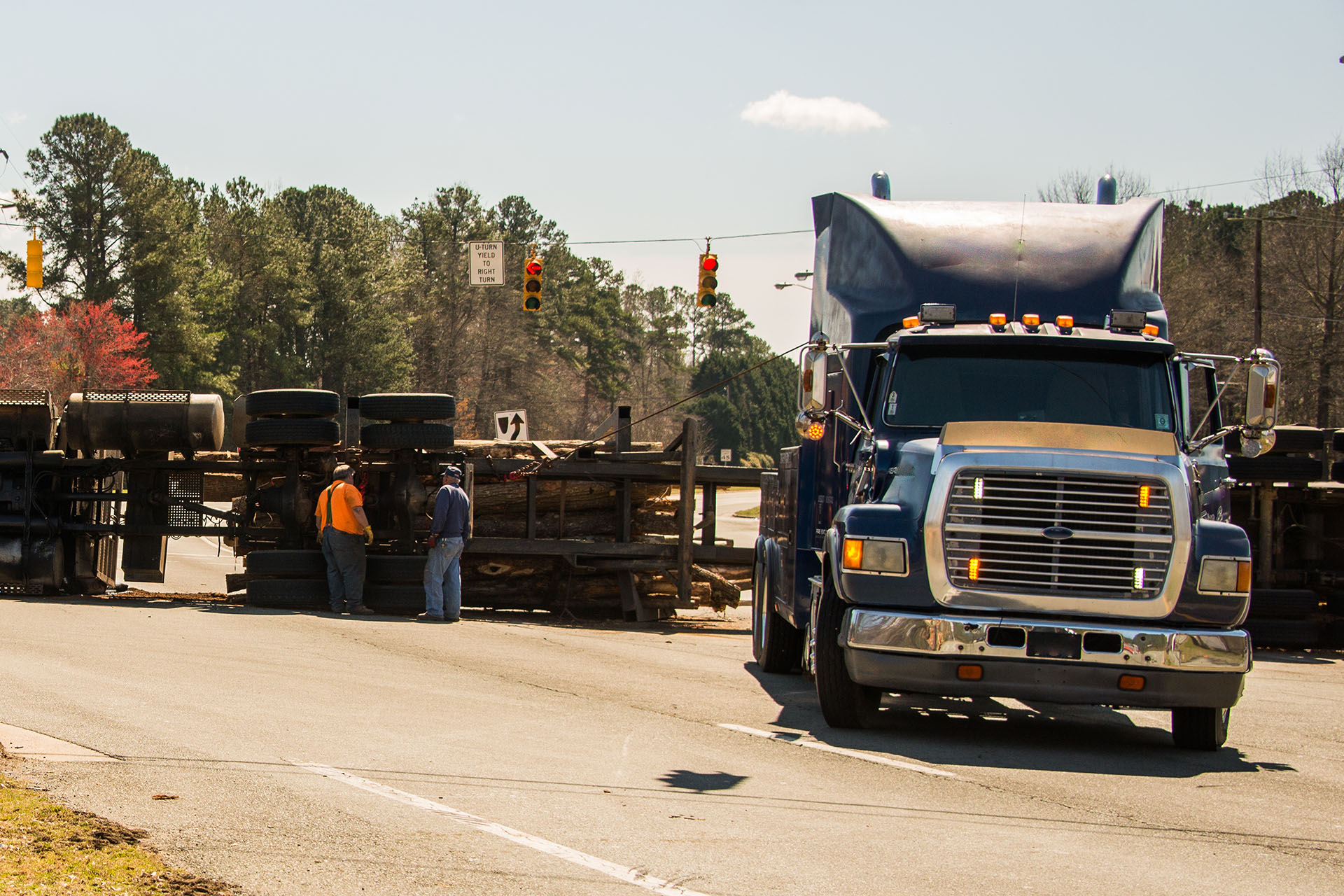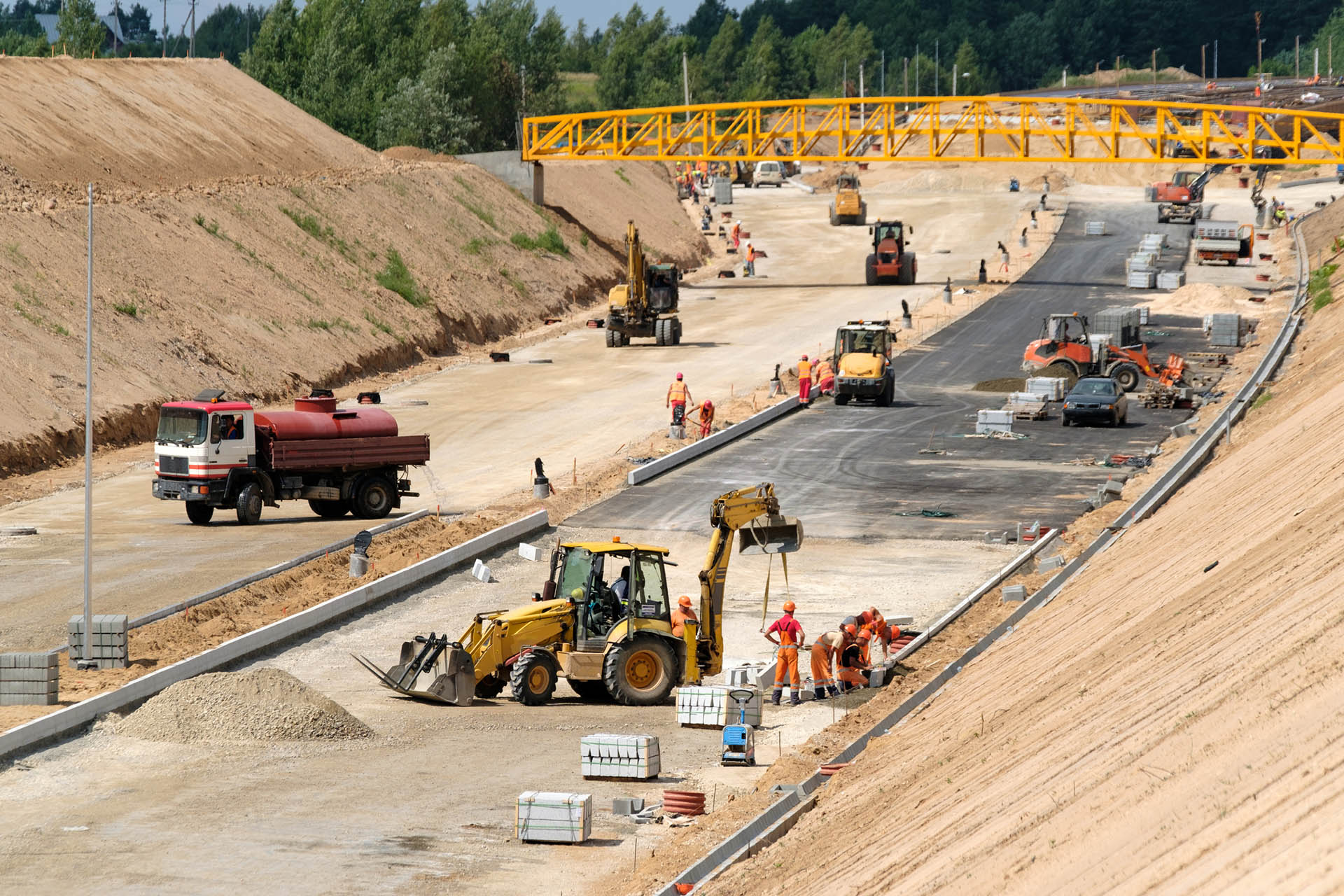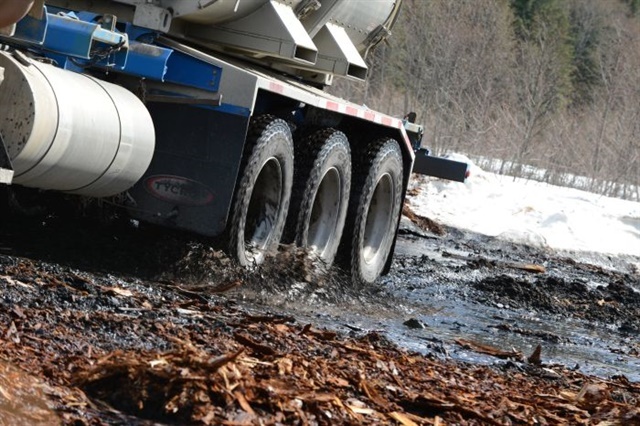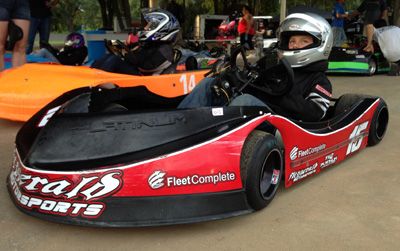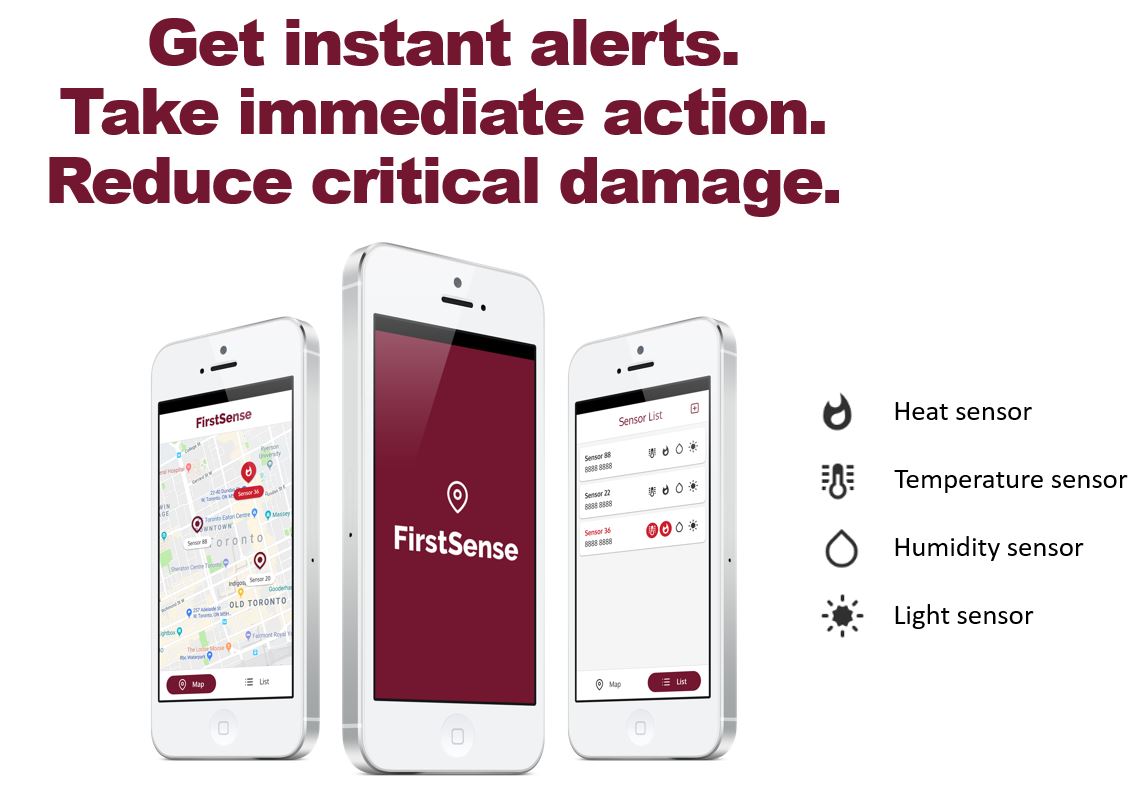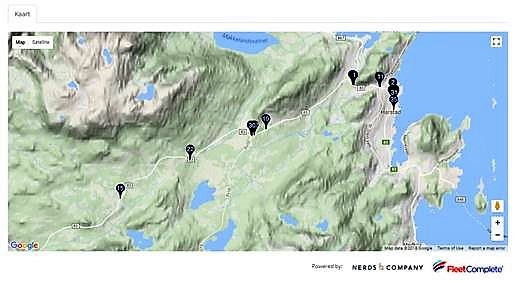The differences between an AOBRD and ELD relate to the technical specifications outlined in Part 395 prior to and after the Federal Motor Carrier Safety Administration (FMCSA) ELD Rulemaking in 2015.
At a high level, the requirements for ELD are more stringent than that for an AOBRD.
See the comparison chart below granular details.
| Feature and/or Function | 1988 AOBRD RULE | 2015 ELD RULE |
|---|---|---|
| Integral Synchronization | Integral synchronization required, but term not prescriptively defined in Part 395. |
Integral synchronization interfacing with the CMV engine ECM to automatically capture engine power status, vehicle motion status, miles driven, engine hours. *(CMVs older than model year 2000 are exempted) |
| Recording Location Information |
Required at each change-of-duty status. Manual or automated. |
Require automated entry at each change-of-duty status at 60-minute intervals while CMV is in motion, at engine-on and engine-off instances, and at beginning and end of personal use and yard moves. |
| Graph Grid Display | Not required – “time and sequence of duty status changes.” | ELD must be able to present a graph grid of driver’s daily duty status changes either on a display or on a printout. |
| HOS Driver Advisory Messages | Not referenced in Part 395. |
HOS limits notification NOT required. “Unassigned driving time/miles” warning provided upon login. |
| Device “Default” Duty Status | Not referenced in Part 395. |
On-duty not driving, when CMV has not been in motion for 5 consecutive minutes, and driver has not responded to an ELD prompt within 1 minute. No other non-driver-initiated status change allowed. |
| Clock-time Drift | Not referenced in Part 395. | ELD time must be synchronized to UTC, and absolute deviation must not exceed 10 minutes at any point in time. |
| Communications Methods |
Not referenced in Part 395. AOBRD must be capable of an electronic display, or printout showing the time and sequence of duty status changes including the drivers’ starting time at the beginning of each day. |
1. Telematics: At minimum, ELD must transfer data via both wireless Web services AND wireless email. 2. Local Transfer: At minimum, the ELD must transfer data via both USB 2.0 AND Bluetooth. Both types of ELDs must be capable of displaying a standardized ELD data set to authorized safety officials via display or printout. |
| Resistance to Tampering | AOBRD and support systems must be to the maximum extent practical, tamperproof. |
ELD must not permit alteration or erasure of the original information collected concerning the driver’s ELD records or alteration of the source data streams used to provide that information. ELD must support data integrity check functions. |
| Identification of Sensor Failures and Edited Data | Must identify sensor failures and edited data. |
ELD must have the capability to monitor its compliance (engine connectivity, timing, positioning, etc.) for detectable malfunctions and data inconsistencies. ELD must record these occurrences. |











